Pet Food Label Scam: How to Spot Hidden Ingredients
![]()
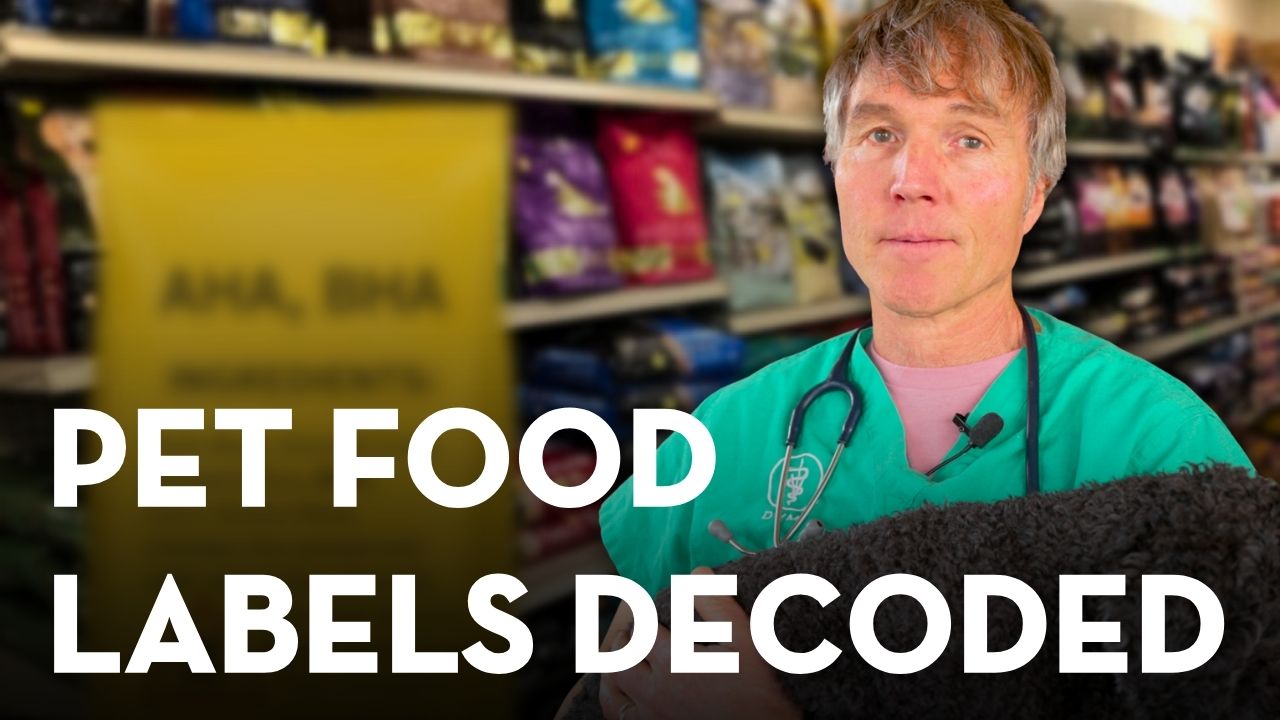
Pet Food Label Scam? How to Understand What’s Really in Your Pet’s Bowl
If you’ve ever stared at a pet food bag wondering what half the words mean, you’re not alone. After 20 years in veterinary practice, I can tell you—it’s confusing. And if it confuses me, it probably confuses you too.
Pet food regulations are limited, and many favor the companies more than the pet parents. Ingredient lists can be manipulated to make a product look more appealing than it really is. On the flip side, a plain, honest ingredient list may make a high-quality product look worse than a lower-quality one with clever marketing—unless you know what to look for.
Before diving into labels, here’s one supplement we can all agree on: probiotics. These beneficial bacteria have hundreds of studies showing clear benefits for digestive health, dental disease, allergies, urinary tract support, and overall immunity. They can literally be a key to a healthy pet.
Our High CFU, Multi-strain formula of 8 studied probiotics specific for dogs and cats is designed to support gut health:Dr. Jones’ ULTIMATE Probiotic Formula for Dogs and Cats
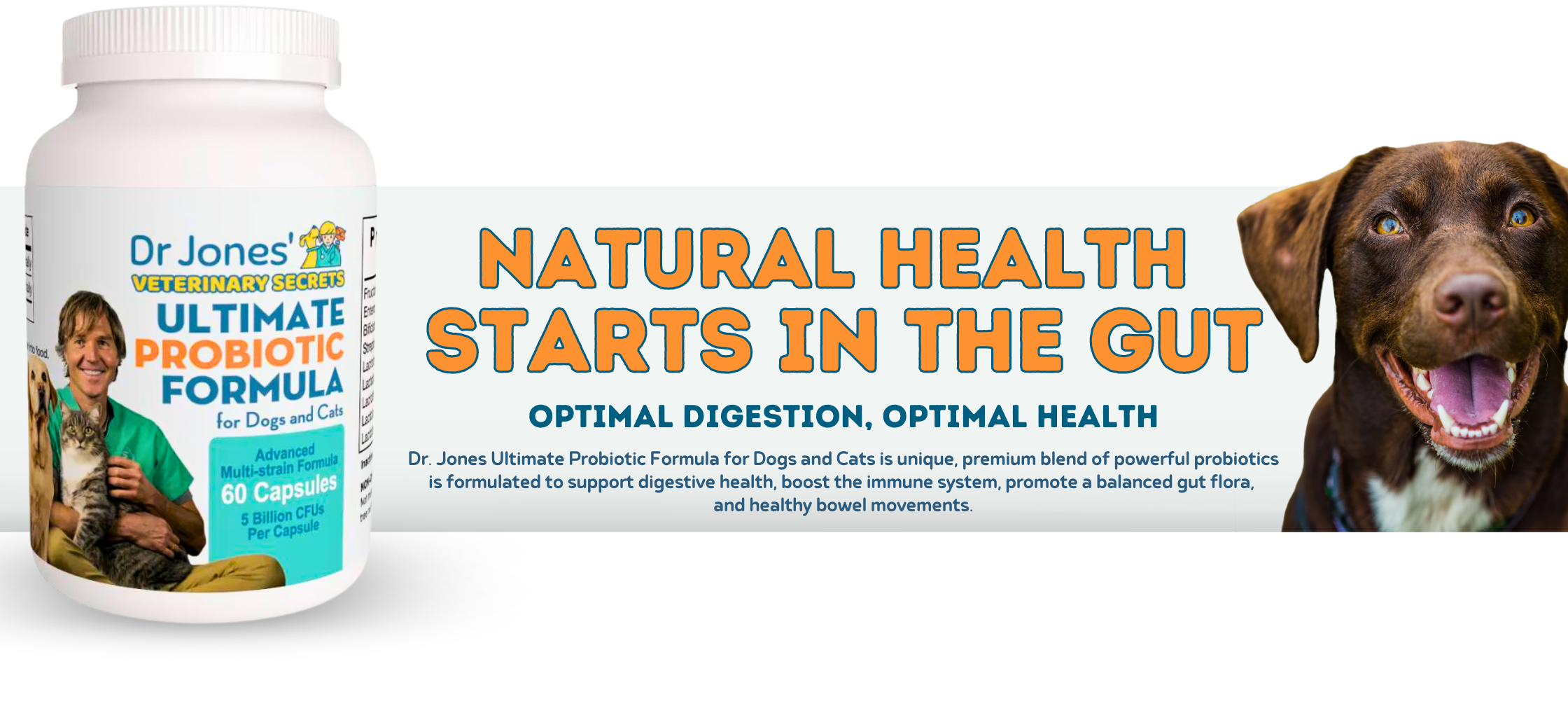
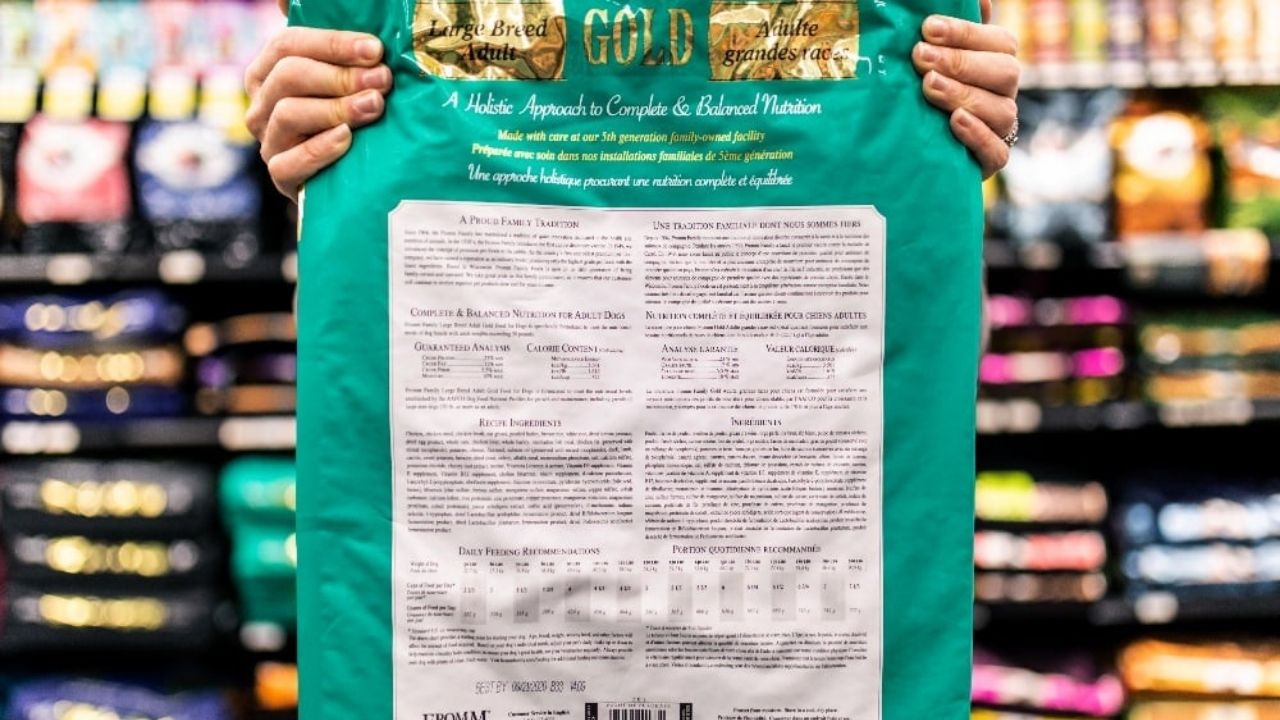
Pet Food Label Scams: How to Read Labels
Reading pet food labels is crucial for your pet’s long-term health. Knowing what ingredients go into your pet’s bowl, where they come from, and how much of each is present helps you make informed decisions. And trust me—once you know what to look for, it’s not overwhelming.
Pet Food Regulations: What You Need to Know
In the U.S., the FDA oversees pet food manufacturing and works with state agriculture departments to carry out inspections. The AAFCO (Association of American Feed Control Officials) sets model guidelines for ingredient definitions and nutritional adequacy statements.
In Canada, the CFIA (Canadian Food Inspection Agency) regulates domestic and imported pet foods, while Health Canada oversees specific ingredients.
Even so, meeting minimum standards doesn’t mean the food is optimal. Minimum standards are just that—minimum. Your pet deserves better than that.
The Anatomy of a Pet Food Label
Every FDA-approved pet food label must include:
-
Ingredient list – Listed in order of weight (including water).
-
Guaranteed analysis – Shows minimum protein and fat, maximum fiber and moisture. (“Crude” refers to the testing method, not quality.)
-
AAFCO statement – Declares if the food meets minimum nutritional levels.
-
Net quantity – How much food is in the bag or can.
-
Calorie statement – Shows calorie content by weight and volume.
-
Feeding directions – Guidelines for portion sizes and life stage (puppy/kitten, adult, senior).
-
Manufacturer info – Identifies the company responsible for quality and safety.
Deciphering Marketing Language
Front-of-bag claims can be misleading. Here’s what some common words legally mean:
-
“&” (as in “Chicken & Rice”): At least 70% of the contents must be that combination.
-
“Dinner,” “Entree,” “Formula”: Only 10% of the named ingredient is required.
-
“With” (as in “With Salmon”): Only 3% must be present.
-
“Flavor” (as in “Beef Flavor”): The ingredient itself may be almost nonexistent; just flavor additives are required.
Knowing these definitions helps cut through the marketing hype.
Ingredient Splitting: A Sneaky Label Trick
“Ingredient splitting” is when one ingredient is divided into multiple sub-ingredients to appear lower on the list. For example:
-
Corn might be listed as ground corn, corn gluten meal, and corn flour.
-
Together, corn may outweigh the meat source, but split apart, meat looks like it comes first.
Also, check where salt appears. Ingredients after salt usually make up less than 1% of the formula.
What to Look For—and What to Avoid
Quality matters. Pay attention to:
-
Food-grade vs. feed-grade – Food-grade ingredients are human-consumption quality; feed-grade is cheaper and lower quality.
-
Vague terms – Avoid “meat meal” or “poultry by-product meal.” These often indicate low-quality proteins and potential allergens.
-
By-products – Specific organs like “beef liver” or “chicken heart” are nutritious. The catch-all term “by-products” is poorly regulated and can include unwanted tissues.
The Bottom Line
Reading pet food labels may seem complicated at first, but once you understand the tricks, you’ll choose food with confidence.
Remember:
-
Don’t rely on front-of-bag marketing claims.
-
Focus on ingredient order and definitions.
-
Choose human-grade, specific ingredients.
-
Minimum standards are not the same as optimal nutrition.
Your pet’s long-term health depends on informed choices, not convenience.
Pet Food Label Hacks
Focus on the top 5 ingredients. These usually make up 70% or more of the formula. Ensure an animal protein is the first ingredient. This simple check tells you a lot about the food’s quality.
And don’t forget probiotics—the good bacteria. They improve digestion, immunity, allergy support, and overall health. Choose a pet-specific formula with multiple studied strains. Our ULTIMATE Probiotic Formula is designed just for this, and pet parents have seen remarkable results.
Click to get A Free Copy of My E-Book!

Our High CFU, Multi-strain formula of 8 studied probiotics specific for dogs and cats is designed to support gut health:Dr. Jones’ ULTIMATE Probiotic Formula for Dogs and Cats



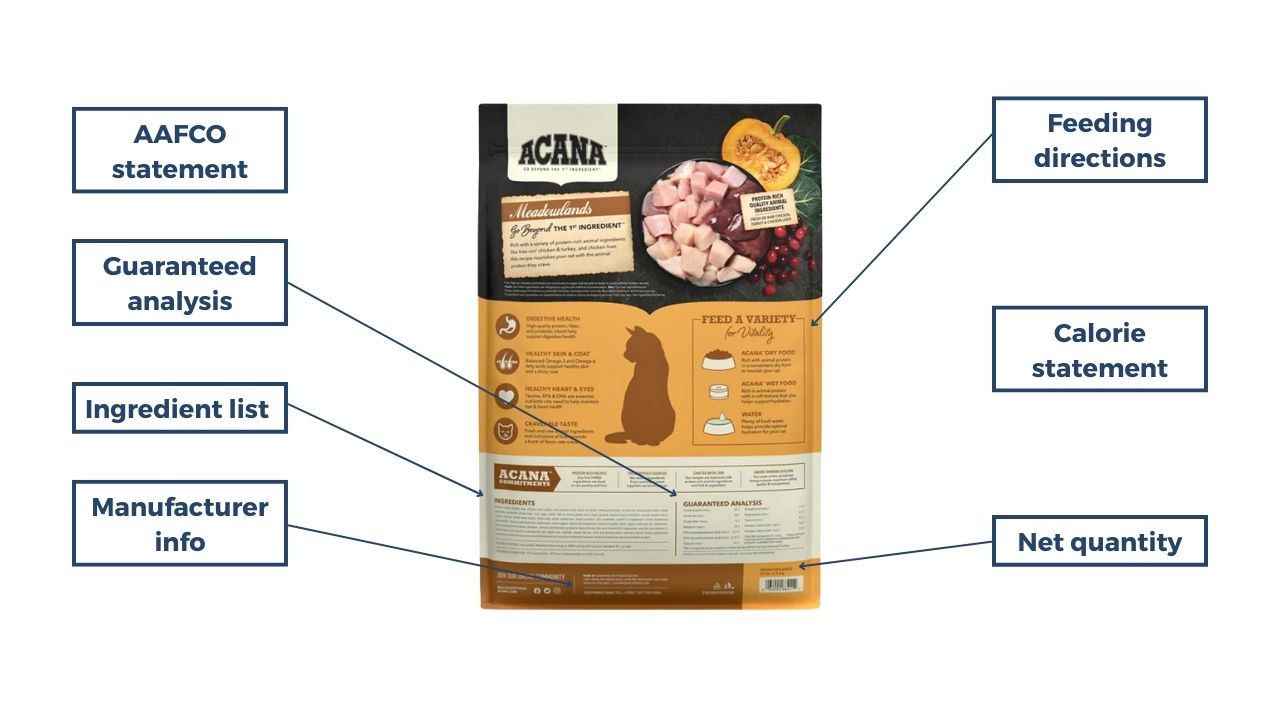
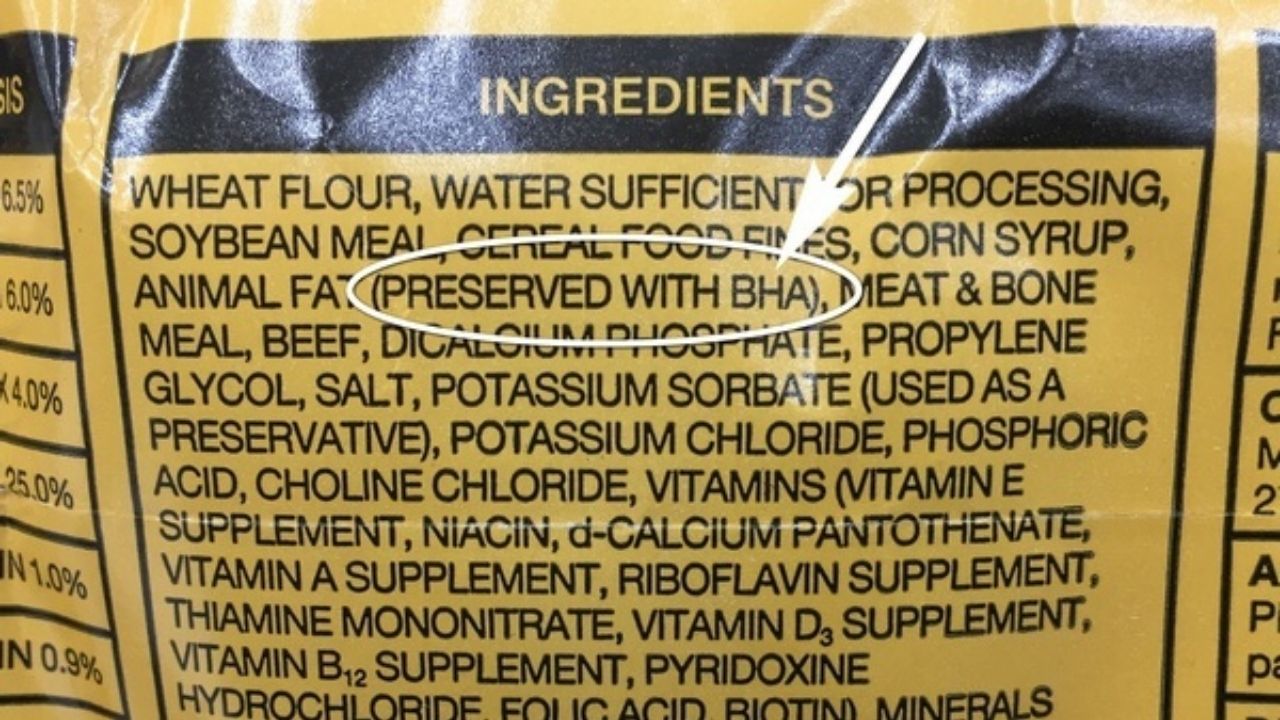
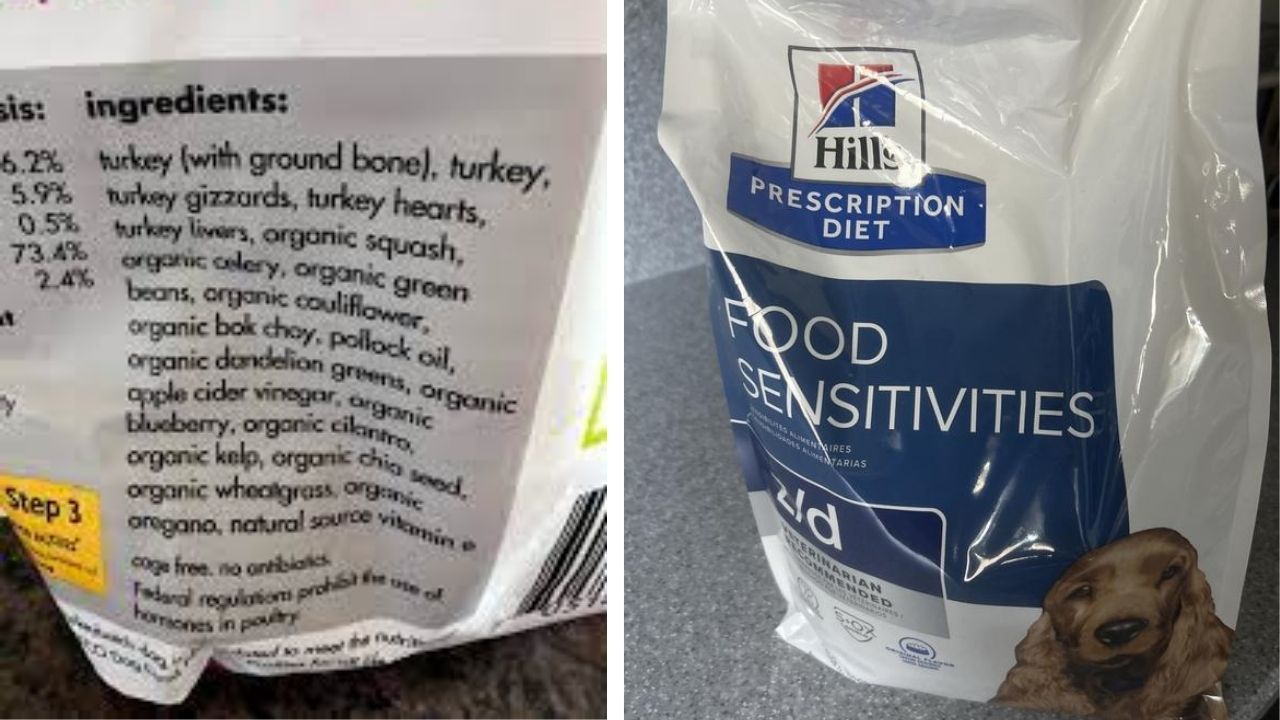
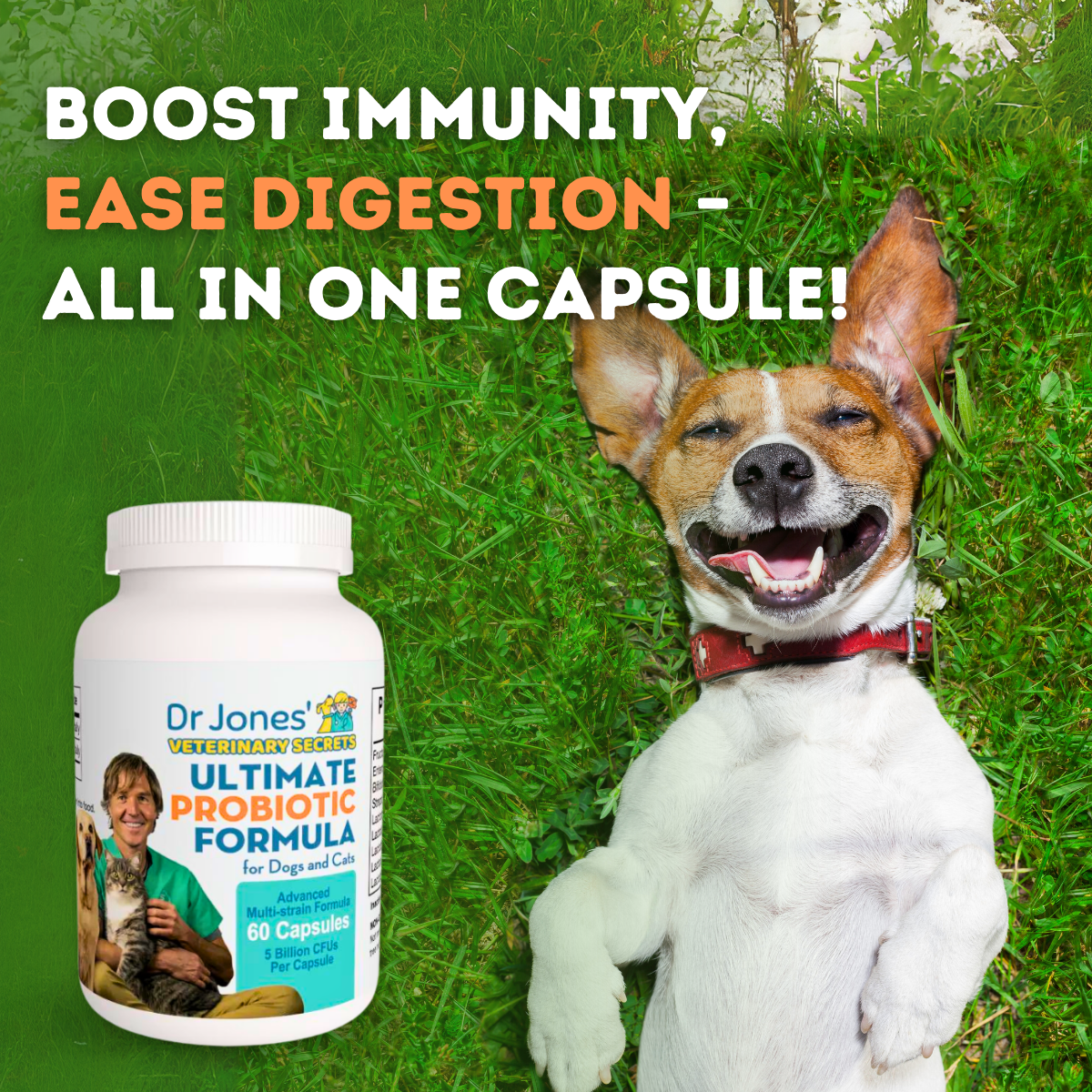
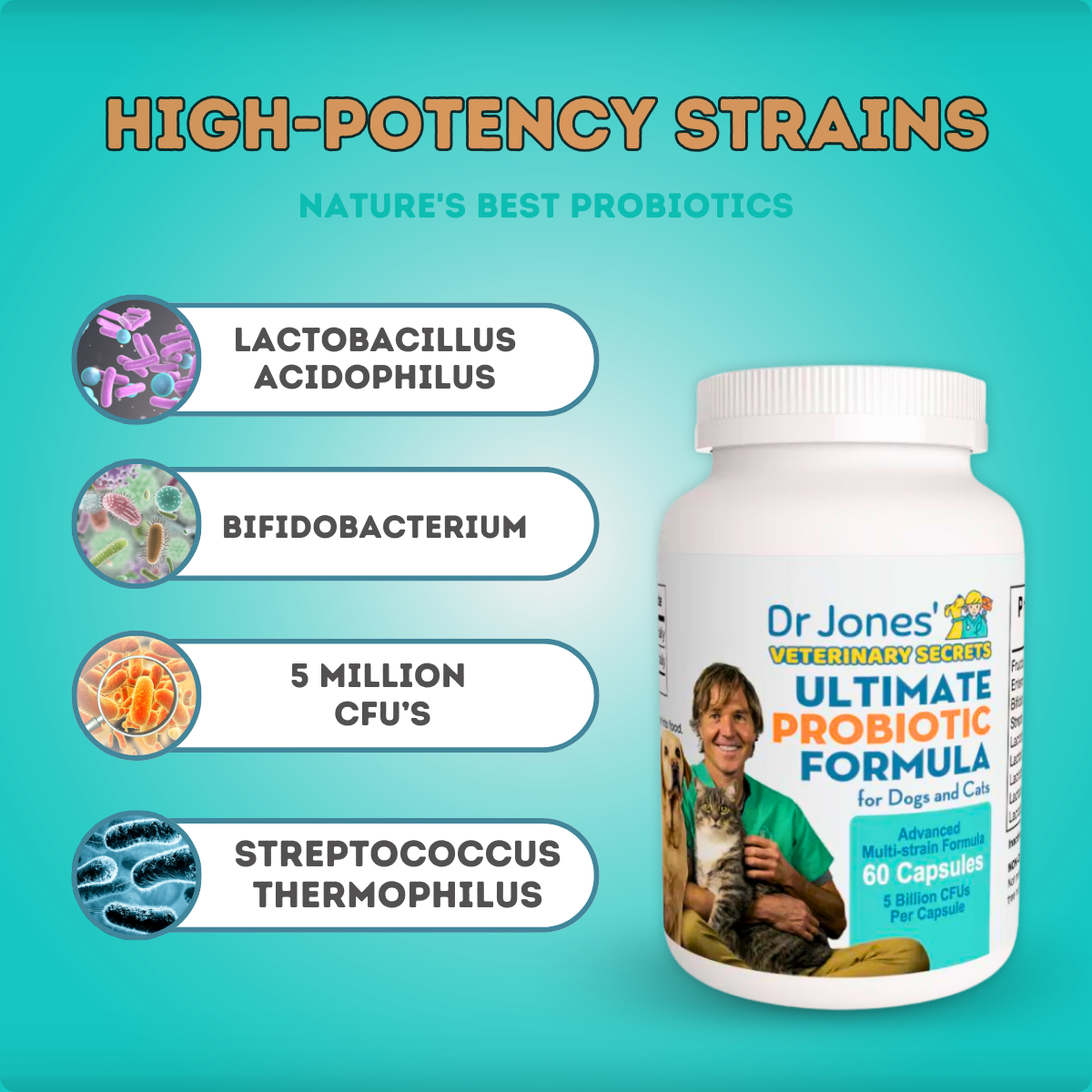
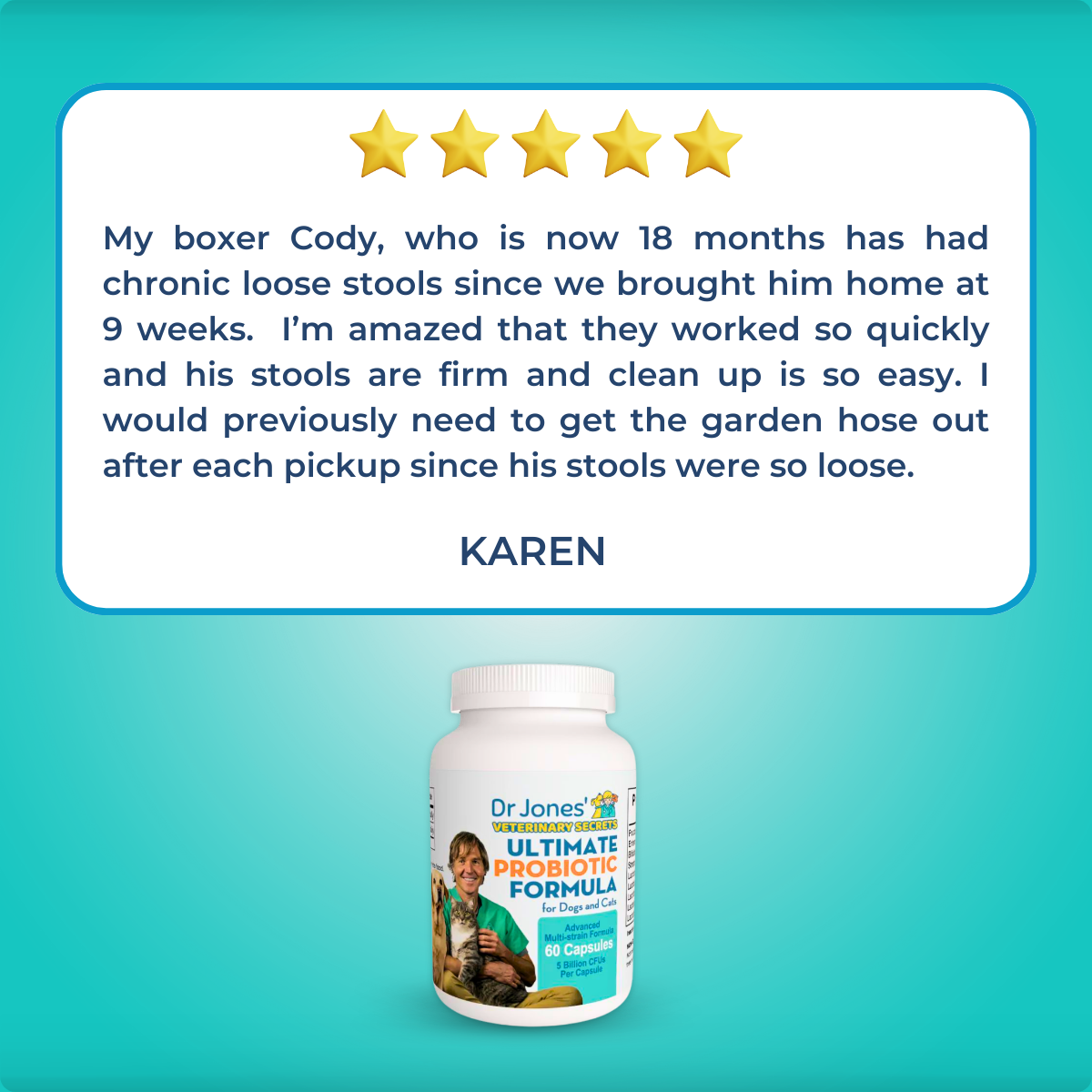
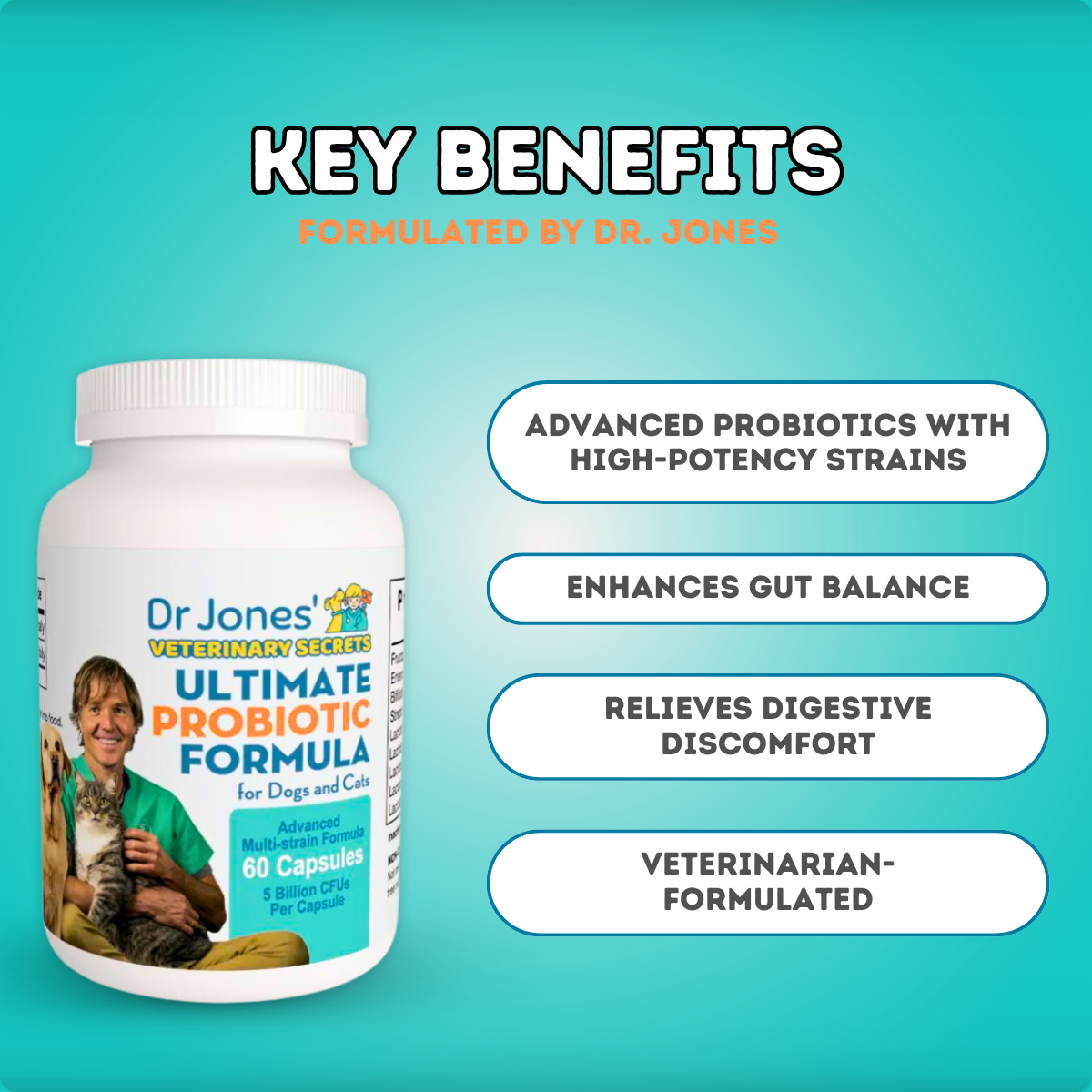

Our dogs have allergies? They’ve been chewing and licking everything .both have been having ear infections and the male has a rash under his chin . We’ve tried most all of the different dog foods from the expensive to the cheap kibbles .The only thing that is consent is the bad gas and loose stools. I did make the home made food from your videos they loved it their poop was mush . To much to soon ? I’m pulling my hair out HELP please .
Yes — the symptoms you describe (chewing, licking, ear infections, rash, gas, loose stool) do point toward a possible food allergy or intolerance. According to pet nutrition guides, many dogs are allergic to common proteins like beef, chicken, dairy, or to certain grains. Those allergens often hide under vague terms on labels like “meat meal,” “animal derivatives,” or “animal fat,” making it hard to avoid them. When switching to homemade food, doing it too fast or introducing many new ingredients at once can overwhelm the digestive system, resulting in mushy stools.